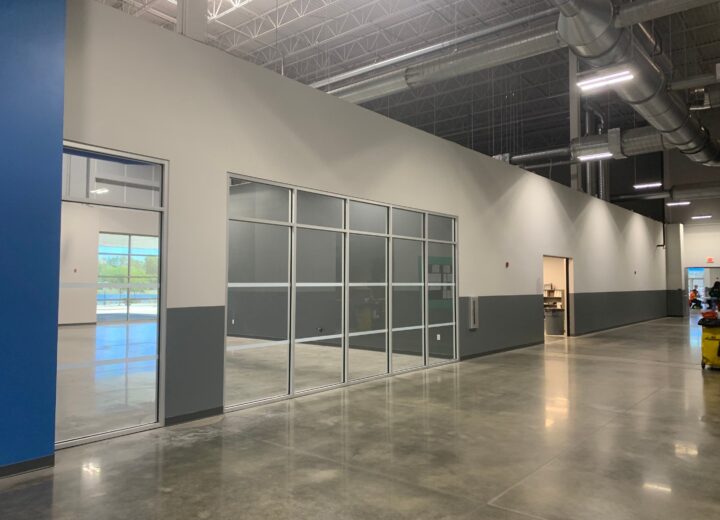
Electrostatic painting defines a paint application technique that is based on the concept that opposites attract. During the electrostatic painting process, the metal surfaces that are negatively charged draw the positively charged paint to the equipment being painted.
Because the negative charge attracts the paint like a magnet, the paint “wraps” around all sides of metal components. As a result, electrostatic painting provides an ideal technique not only for coating different metal surfaces and hard-to-reach areas but also for providing uniform finishes and eliminating wasteful overspray.
In order to understand why painting contractors recommend electrostatic painting for different industrial and commercial applications, let’s take a closer look at its advantages.
Fast Drying
One of the most notable benefits of electrostatic painting is that coating systems often cure completely overnight. Thus, businesses can resume their activities as soon as the next day. Performance Painting Contractors is also ready to work at your convenience, even after hours and on weekends, in order to minimize disruption and downtime.
Additionally, electrostatic painting is more versatile than other paint application methods, which also use electrostatic charges to attract coating products to metal surfaces. Unlike powder coating, for instance, electrostatic painting doesn’t require any subsequent operations, such as placing the metal components that have been coated in special ovens for curing. This makes electrostatic painting suitable for a wide range of on-site applications.
Minimum Overspray
Because electrostatic painting ensures a transfer rate of 98% of paint products to metal surfaces, it causes limited to no overspray. This efficiency means there are fewer volatile organic compounds (VOCs) released into the air.
Since lower VOC emissions translate into reduced air pollution, electrostatic painting delivers an excellent alternative for eco-friendly painting projects. In addition to being environmentally friendly and meeting stringent VOC regulations, modern acrylic electrostatic coatings deliver attractive and durable finishes for different applications.
Factory-Like Finishes
Coming down to coating quality and efficiency, electrostatic painting often outperforms other metal coating options that can be used on site. When coating products are applied electrostatically, paint particles form a strong bond with the substrate, delivering a smooth, high-quality finish, without any brush marks, drips, or bubbles.
But electrostatic painting carried out by our experienced painting contractors doesn’t only provide an impeccable finish on any metal components and structures; it also ensures stable performance in various applications, which is similar to the performance of the coatings that are available in factories.
The special coating products that are applied electrostatically also provide a non-porous surface, which is impervious to common cleaning solutions and disinfectants and can prevent the proliferation of fungal and bacterial pathogens. As a result, these coatings can be used in the facilities requiring hygienic and sanitary conditions.
Extended Durability
The professional application of electrostatic coatings improves their resilience to harsh environments, provided the substrates are properly prepared and the right coating products are specified for each application. As an example, the electrostatic method can be used to apply two-component epoxy products that are tough enough to withstand harsh operating conditions.
Cost Effectiveness
Since electrostatic painting has a wraparound effect, it effectively prevents corrosion from affecting metal components, extending their service life. As a result, this paint application method can generate hefty savings in the long term. Also, applying coating products with electrostatic painting equipment requires less labor and material.
Electrostatic painting performed by our experienced professionals will result in an impeccable finish on any metal component. Please contact us today for more information about the electrostatic painting process and its benefits for commercial and industrial facilities.






